There’s a war going on right now between local authorities, agencies and community groups and invasive species of plants that run the risk of taking over, pushing out or killing our native species. CHRIS BETTELEY investigates...
COUNCILS, agencies and community groups continue to tackle the scourge of non-native invasive plants that blight woodlands, countryside, riverbanks and even back gardens throughout mid and north Wales.
Work to rid the region of invasive plants including Japanese Knotweed, Himalayan Balsam and Rhododendron, has been ongoing for decades, with agencies warning of the impact of “almost indestructible” non-native species on the environment.
The most common, well-known, and potentially devastating invasive species is Japanese Knotweed – which causes problems so serious that it can stop house sales if found on site.
It is such a serious problem that it is illegal to plant it or to cause it to grow in the wild.
Snowdonia National Park said that as an invasive plant it was “in a league of its own”, and is prevalent all across mid and north Wales.
Ceredigion council said that its conservation team “are currently scoping a piece of work to treat large stands of Japanese Knotweed at Pendinas and Tanybwlch Nature Reserve”.
The council’s Highways and Environmental Services treat Japanese Knotweed around bridges and structures to prevent structural damage and within road verges to reduce spread.
Over the past decade, Natural Resources Wales (NRW) has been working along the length of the Ystwyth in Ceredigion to rid the area of Himalayan Balsam, which thrives on river banks.
Clearance work on the upper Ystwyth has been carried out since 2009 and on the upper Rheidol and Teifi since 2013.
NRW reported that the work had shown “real signs of success” and said the work would safeguard “key habitats and wildlife”.
Ceredigion council said there still remains “extensive infestation along the Ystwyth Trail and banks of Afon Ystwyth around Llanilar and in other places on the Ystwyth”.
Pre-Covid, the council’s conservation teams had volunteer help to manage Himalayan Balsam along the river at Parcyllyn, Aberystwyth.
“There have been other volunteer efforts to remove or reduce it in other parts of the county, with and without the Conservation Team and on council land and other land holdings,” the council added.
In 2020 The Wales Resilient Ecological Network (WaREN) was formed to tackle the impact of invasive non-native species on the environment, people and economy of Wales.
The WaREN group is backed by NRW, Welsh Water, Wales Biodiversity Partnership, the North Wales Wildlife Trust and the GB Non-Native Species Secretariat.
NRW said that dealing with invasive species costs the Welsh economy over £125million a year, can harm delicate habitats, be harmful to human health, damage personal property and cause the decline of our own native species.
Jennie Jones, specialist advisor for invasive non-native species for NRW, said: “Areas of Wales have some of the highest levels of biodiversity in the UK and are of international importance, so safeguarding these habitats is one of the foundations of our work.”
In Snowdonia, the National Park has had to undertake substantial control work to get to grips with the invasive rhododendron plant, which has spread to occupy more than 2,000 hectares in Snowdonia.
In the last 30 years, a considerable amount of effort has gone into trying to get rid of Rhododendron.
The national park said: “The National Park Authority, the National Trust and other conservation organisations and private landowners have all been involved.
“In several places, we are making a real impact and Rhododendron is well on its way to being eliminated. Elsewhere the battle has hardly begun.
“Outside the garden, Rhododendron is a major problem. Once established, it is almost indestructible.”
Current work is concentrated on two problem areas in the south of the park.
Ceredigion council also deals with rhododendron and other species “on a case-by-case basis” in the county.
“Different Ceredigion county council teams and services undertake some limited control actions of different species with emphasis on managing invasive species on a site-by-site basis and preventing further spread in all the maintenance, repair and new-build work that we do, as is the legal requirement,” a council spokesperson said.
“All members of the public are encouraged to send in records of anything of biodiversity interest including invasive species to the West Wales Biodiversity Information Centre.”
The council said that while a funding bid for a county-wide project to baseline map invasive species by Ceredigion Local Nature Partnership (LNP) before the pandemic was unsuccessful, the draft of the Ceredigion Nature Recovery Action Plan by the Ceredigion LNP is “currently in development.”
The four big enemies
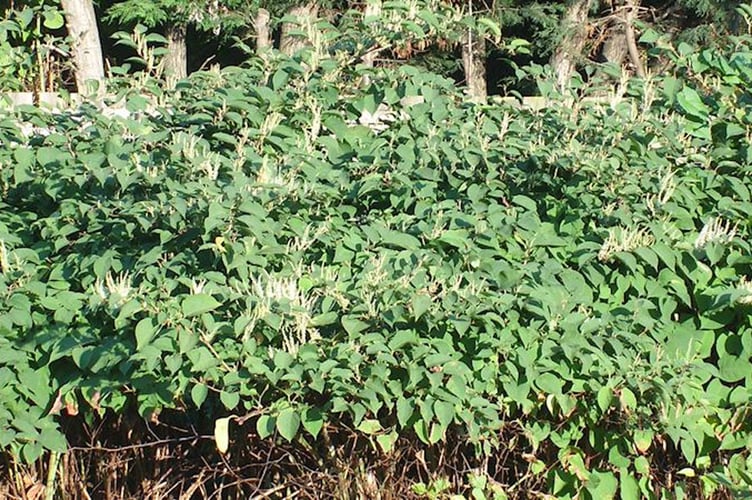
1. Japanese Knotweed
Japanese Knotweed is a non-native invasive weed introduced to the UK in the 19th Century as a decorative plant.
Japanese Knotweed can be recognised by its bamboo-like stems, shovel-shaped leaves, and white flowers – flowering in the months of September and October.
It can grow up to 10 feet in height and 24 feet in length underground.
It is an offence under the Wildlife and Countryside Act 1981 to “plant or otherwise cause to grow in the wild” Japanese Knotweed.
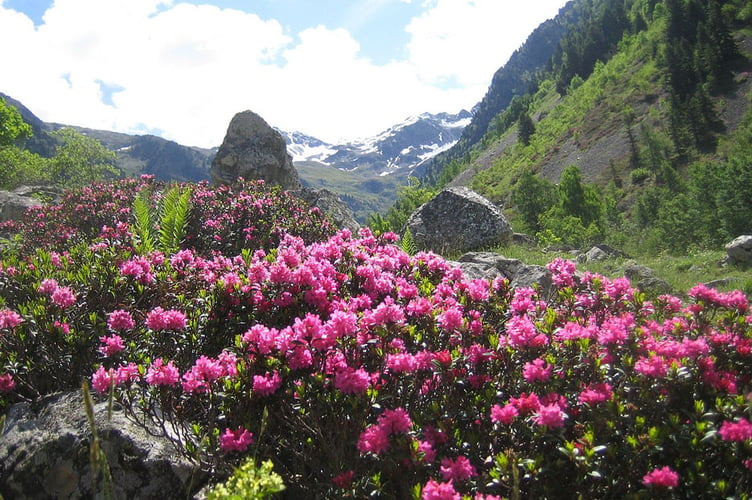
2. Rhododendron
Rhododendron is a spectacularly invasive plant.
From the bushes planted around a century ago in large gardens and as pheasant cover, it has spread to occupy over two thousand hectares in Snowdonia alone.
The bushes, which can grow to grow to 10 feet or more, have dense evergreen foliage.
Very few plants can survive under the dense shade and the existing native vegetation is largely eliminated.
The foliage is poisonous to most invertebrates and mammals and so it does not support an extensive food chain.
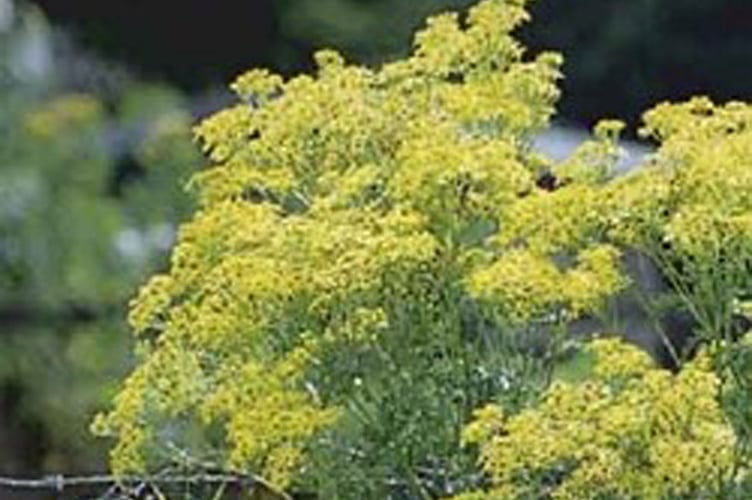
3. Ragwort
Ragwort, properly known as Common Ragwort, is an injurious weed covered by the Weeds Act 1959
Landowners may be required to remove any Ragwort from their land subject to an enforcement notice from the Department for Environment, Food and Rural Affairs (DEFRA), but are generally not required to do so.
Ragwort can be recognised by its clusters of yellow daisy-like flowers and green deep-toothed leaves. It grows up to three feet tall.
Ragwort is toxic to horses, cattle and sheep, and should be removed from pastures wherever possible.
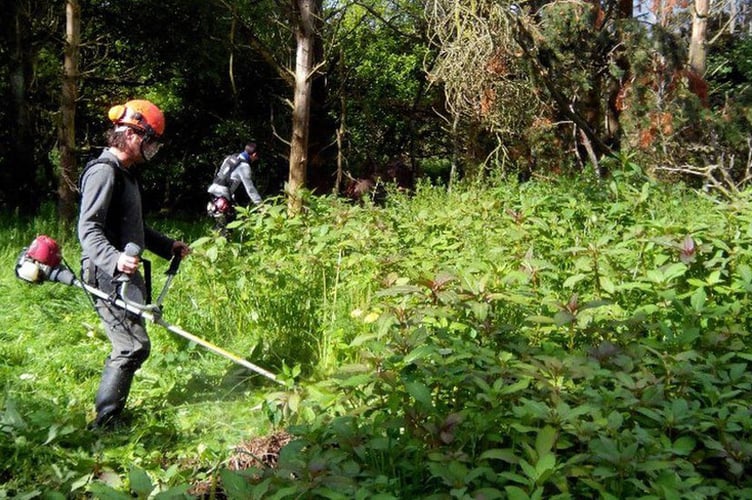
4. Himalayan Balsam
Himalayan Balsam originates in the Himalayan region and was introduced to the UK in the mid 19th century as an ornamental garden plant.
It is now widespread across much of Britain, often occurring in dense monoculture stands causing serious impacts to our native habitats.
Himalayan Balsam is an annual plant, reproducing from seeds each year. The seedlings first appear in April grow rapidly to produce sweet-smelling pink flowers in June and July, and produce seeds in late August and September. Each plant produces many seed pods which explode in the autumn, scattering thousands of tiny seeds into the environment.
The seeds are easily carried by water which is why Himalayan Balsam is a particular problem along water courses.
Just when you thought it was safe to go back in the water...
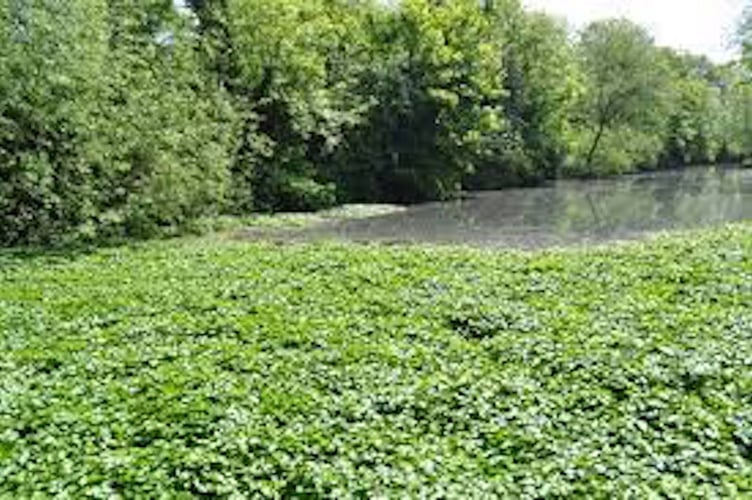
Floating Pennywort
Floating pennywort causes a range of problems including changing the availability of oxygen in the water, threatening fish and invertebrates, choking drainage systems and crowding our native water plants
It forms dense mats of rounded leaves that float across the water surface. Floating pennywort is difficult to control due to its rapid growth rates – up to 8 inches per day – and its ability to re-grow from a small fragment.
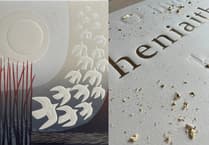


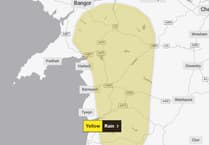
Comments
This article has no comments yet. Be the first to leave a comment.